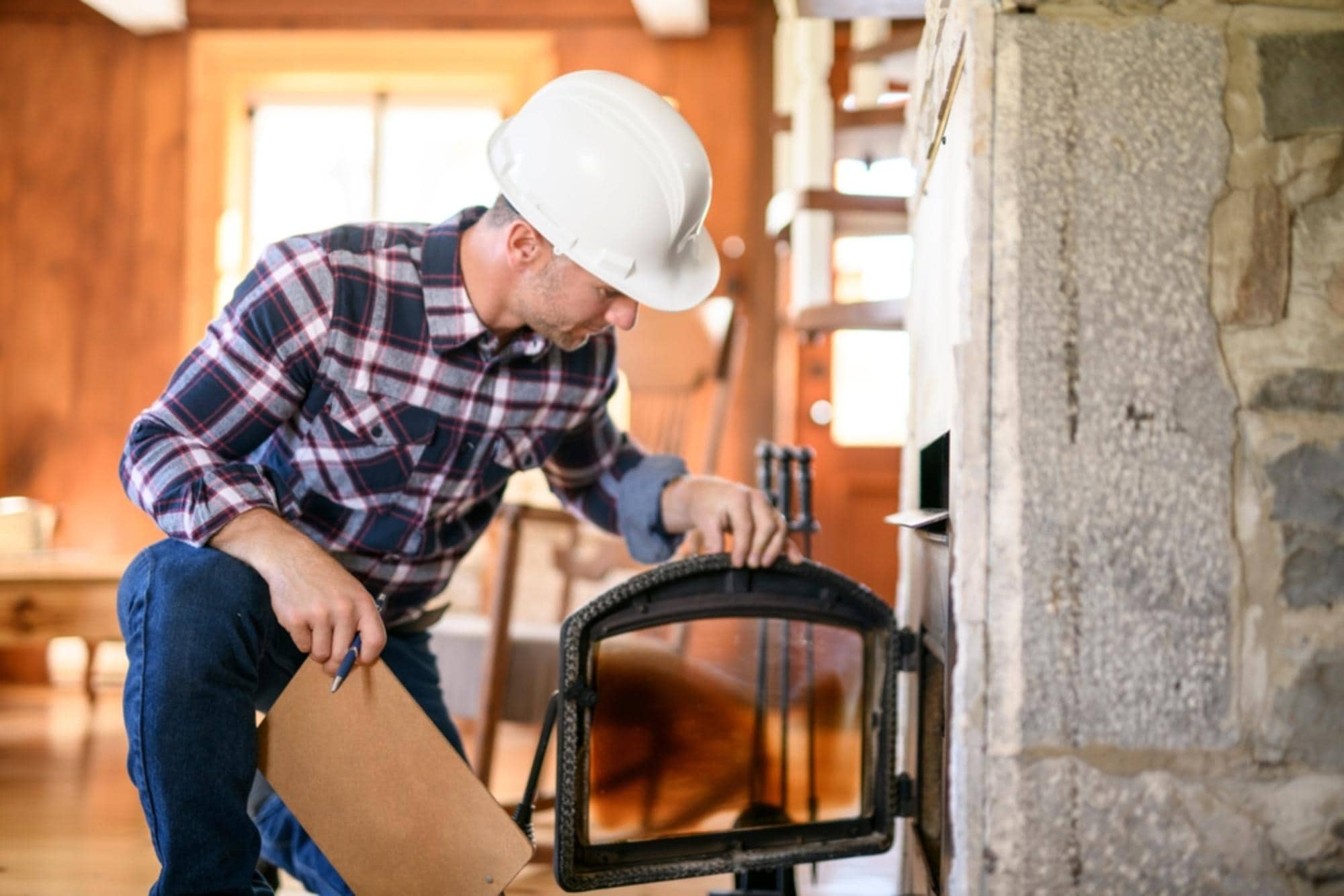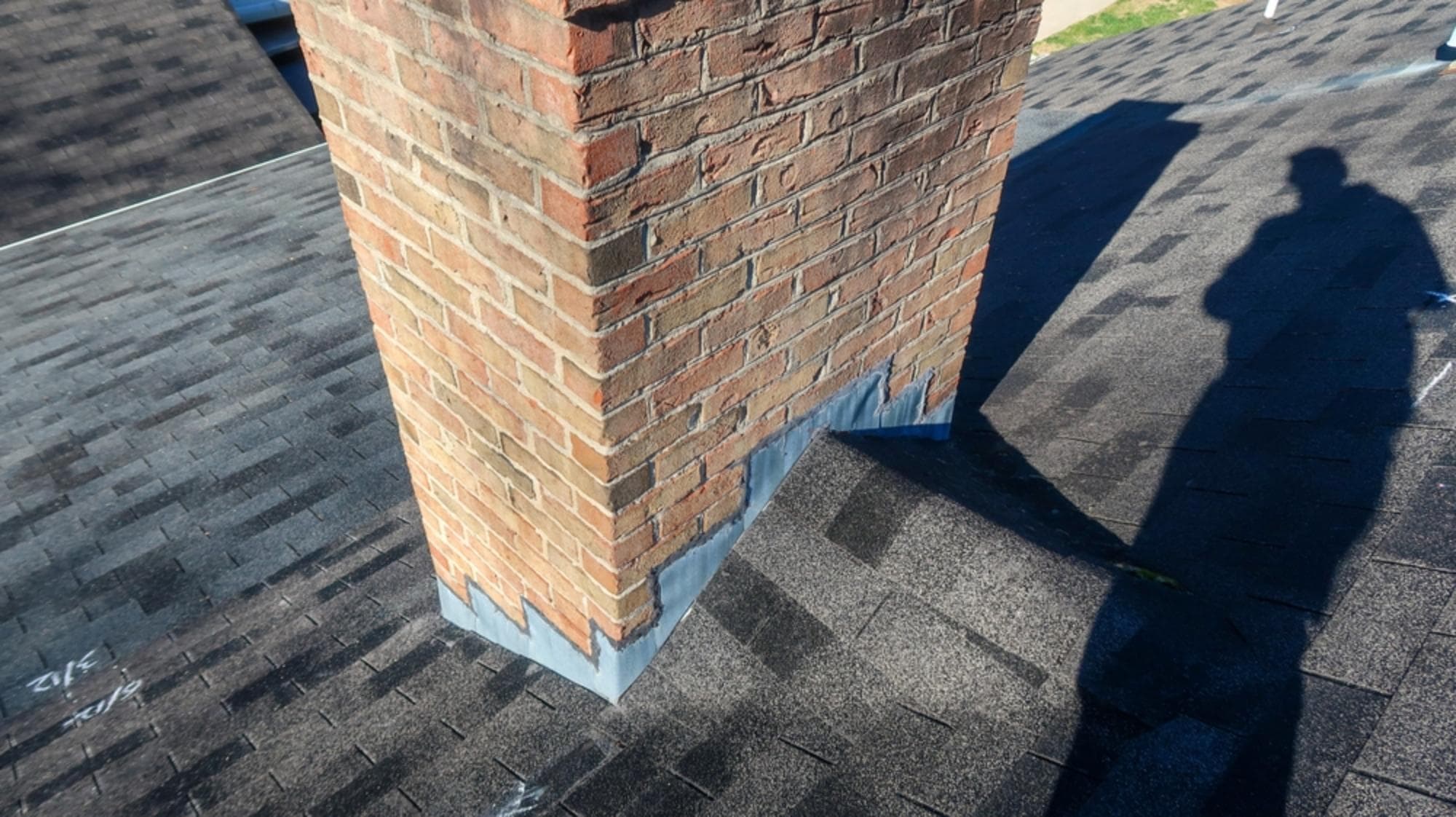Professional chimney inspection that catches problems before they become disasters, keeping your Woonsocket home safe and your heating bills reasonable.

Hear from Our Customers

You’ll know exactly what’s happening inside your chimney. No guesswork, no surprises later when something goes wrong during the coldest week of winter.
Our certified inspectors examine every component that matters—from the flue liner that channels dangerous gases safely outside, to the mortar joints that keep everything structurally sound. You receive a detailed report with photos showing exactly what we found, plus clear recommendations that make sense for your budget and timeline.
Most importantly, you get peace of mind knowing your chimney won’t put your family at risk. We catch the small issues that turn into expensive emergencies, and we explain everything in plain English so you can make informed decisions about your home.
We’ve been protecting families throughout Providence County for years. We understand how Woonsocket’s weather affects your chimney—the freeze-thaw cycles that crack mortar, the moisture that seeps into brickwork, and the specific challenges that come with older homes in this area.
Our CSIA certified technicians aren’t just trained on textbook scenarios. We’ve seen what actually happens to chimneys in this region, from the historic mill houses downtown to the newer developments on the outskirts of town.
We’re not the guys who show up, spend ten minutes, and hand you a bill. We take the time to do the job right because we know you’re trusting us with your family’s safety.

We start outside, checking your chimney crown, cap, and flashing for damage that lets water in. Water is your chimney’s biggest enemy—it weakens mortar, rusts metal components, and creates the conditions for expensive structural problems.
Inside, we examine the firebox, damper, and smoke chamber. We use specialized cameras to inspect your flue liner, looking for cracks or deterioration that could let dangerous gases escape into your home. This is where most homeowners are surprised by what they don’t see during casual use.
After the inspection, we sit down with you and review our findings. You get a written report with photos, explanations of any issues we found, and realistic timelines for addressing them. No pressure, no emergency tactics—just the information you need to keep your family safe and your chimney working properly.

Ready to get started?
Providence County’s weather is tough on chimneys. The combination of coastal moisture, freeze-thaw cycles, and heavy snow loads creates specific problems that generic inspection services miss. We know what to look for because we’ve been dealing with these exact conditions for years.
Your homeowner’s insurance likely requires annual inspections—and for good reason. Chimney fires account for 87% of building heat fires according to EPA data. Regular inspections catch creosote buildup, structural damage, and ventilation problems before they put your family at risk.
We protect your home during the inspection process using multiple drop cloths and HEPA-filtered vacuums designed specifically for soot and ash. You won’t find black dust on your furniture or tracking through your house when we’re done. That’s the difference between professionals who care about your property and those who just want to get to the next job.
